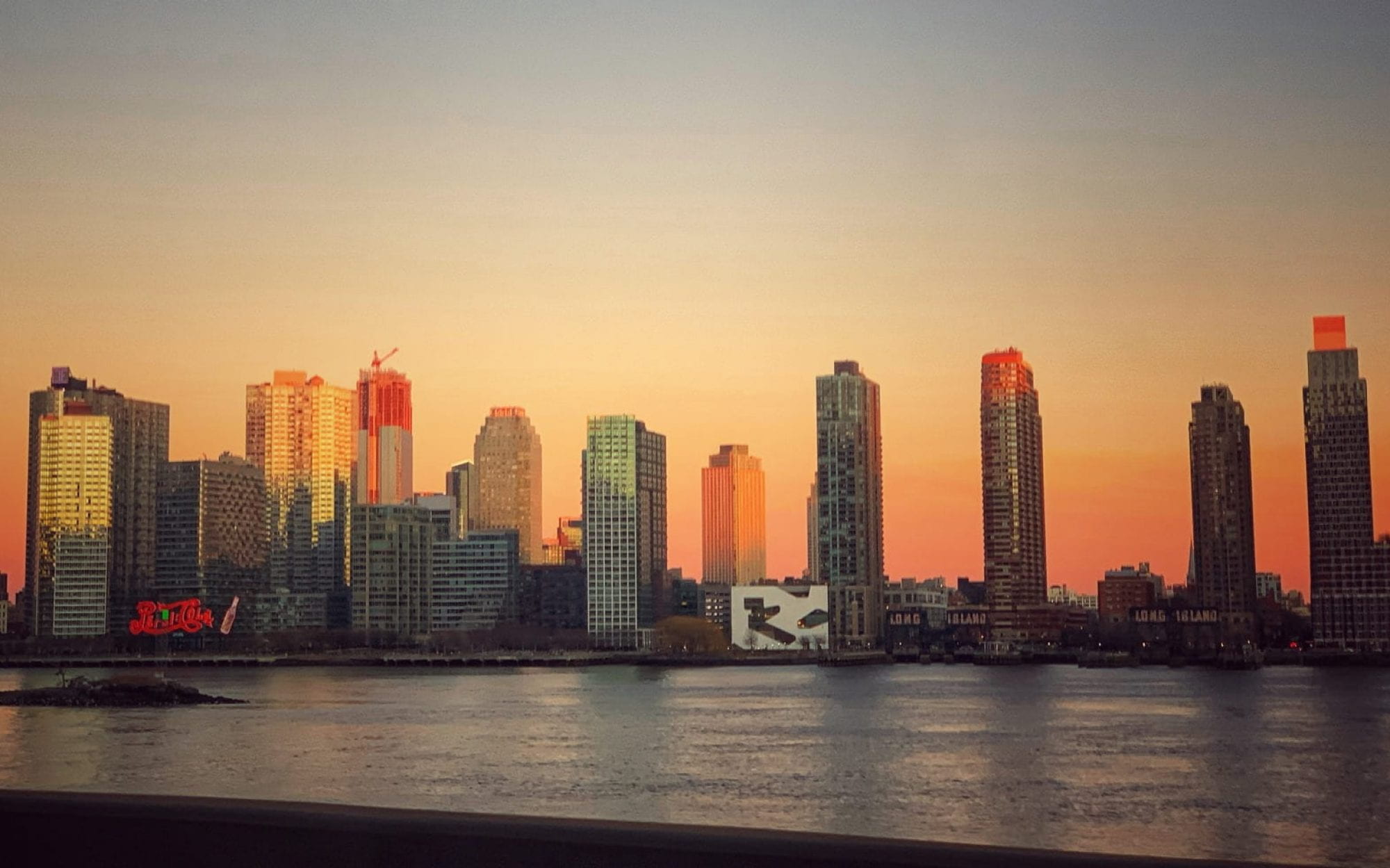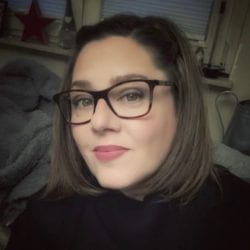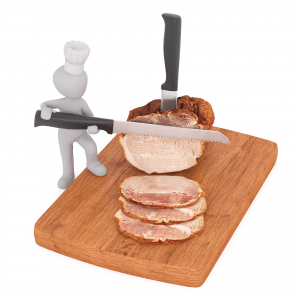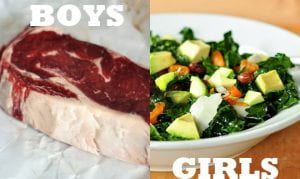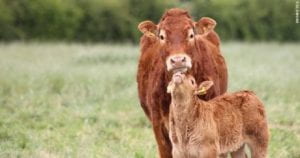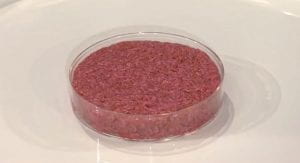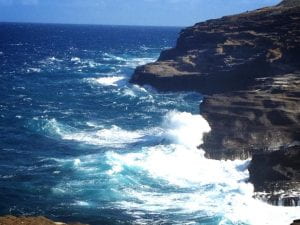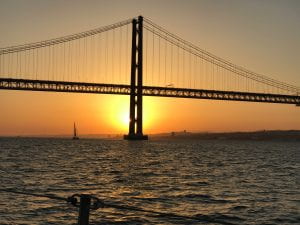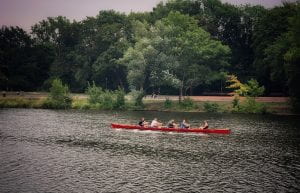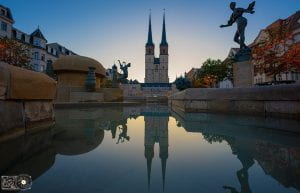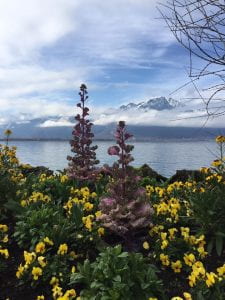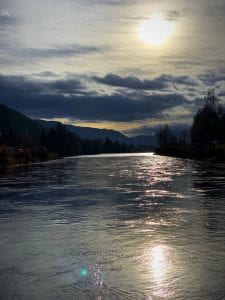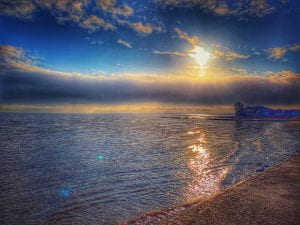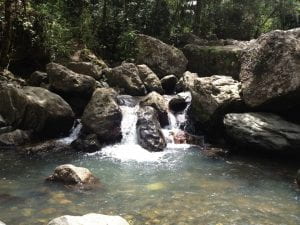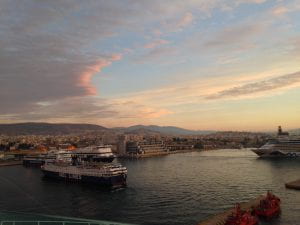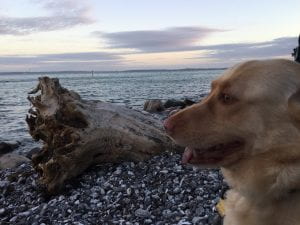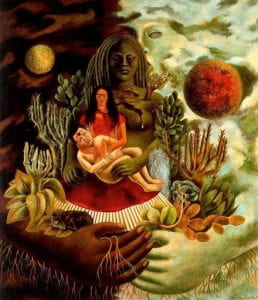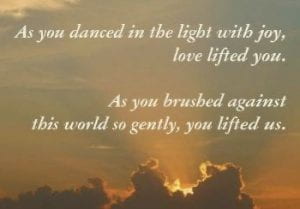 This blog is particularly difficult for me to write this week. As I sit here in Germany writing this my daughter is laying in a hospital bed 3,800 miles away in the midst of a very painful miscarriage at 10 weeks of pregnancy. There’s nothing I can do to comfort her, I feel completely helpless. I am only able to comfort her by telephone while she attempts to pass my dead grandchild. It’s heartbreaking and hearing the pain in her voice is almost too much for me to bear.
This blog is particularly difficult for me to write this week. As I sit here in Germany writing this my daughter is laying in a hospital bed 3,800 miles away in the midst of a very painful miscarriage at 10 weeks of pregnancy. There’s nothing I can do to comfort her, I feel completely helpless. I am only able to comfort her by telephone while she attempts to pass my dead grandchild. It’s heartbreaking and hearing the pain in her voice is almost too much for me to bear.
Even at this moment where I feel sorrow and deep sadness for my daughter and the grandchild I will never meet, I am still pro choice. I believe in allowing women to have the final say over their own bodies. I believe we should support Planned Parenthood and the rights of women everywhere to have safe abortions. It is my opinion, that a fetus which is unable to survive on its own outside of its host/mother is not a viable human and therefore does not have rights above the mother’s. I would consider my views on abortion to be moderate. I believe that there is a moral break in the biological process of development.
My Own Experience;
I became pregnant at the age of eighteen. I considered abortion, because at that time I was young and in an unhealthy relationship. Ultimately, I couldn’t go through with it and opted to give birth to my son. Subsequently, I went on to have two more children with the same man who became my husband. I don’t regret having my children for one second, even though that relationship ended after thirteen years in a painful divorce. Fast forward thirty one years and my life is great. I’ve had success and failure, but I have three amazing children, of whom I’m immensely proud.
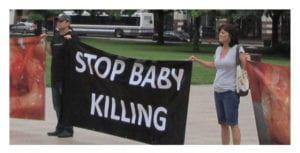 The topic of abortion is a tough one and un-winnable. Neither side of the argument will concede to the other. The position of one side vs the other are totally different. The pro-lifers believe that abortion is morally wrong based on a religious, moral or ethical belief. The pro-choicer’s believe that women should be able to choose what is best for them and their bodies. Then in the middle are those who are on the fence because they can see both sides. The debate isn’t cut and dry, you have women all over the globe without access to healthcare, contraception, and abortion services. These women are subject to struggle with having to care for multiple children.
The topic of abortion is a tough one and un-winnable. Neither side of the argument will concede to the other. The position of one side vs the other are totally different. The pro-lifers believe that abortion is morally wrong based on a religious, moral or ethical belief. The pro-choicer’s believe that women should be able to choose what is best for them and their bodies. Then in the middle are those who are on the fence because they can see both sides. The debate isn’t cut and dry, you have women all over the globe without access to healthcare, contraception, and abortion services. These women are subject to struggle with having to care for multiple children.
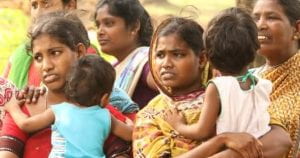 Abortion and the Environment; Ronnie Hawkins, author of Reproductive Choices, brings up the connection between abortion and the environment. “1.2 billion people live in poverty around the world, women bear a larger share of the burden of poverty” (Hawkins 690). Based on this fact, women would naturally seek to limit the size of their families, but in areas of the global south, how do they do that? Women in third world countries lack access to resources for women’s healthcare services.
Abortion and the Environment; Ronnie Hawkins, author of Reproductive Choices, brings up the connection between abortion and the environment. “1.2 billion people live in poverty around the world, women bear a larger share of the burden of poverty” (Hawkins 690). Based on this fact, women would naturally seek to limit the size of their families, but in areas of the global south, how do they do that? Women in third world countries lack access to resources for women’s healthcare services.
Hawkins also brings up a good point about the land use in an over populated world. The more people that inhabit the Earth, the more resources they use up, depleting resources on a more rapid basis. This makes complete sense to me considering that by 2100 the population of the world is expected to reach 11.2 billion (un.org). The world is in bad shape as it is with global warming, polluted oceans, unhealthy air quality, toxic water and fish. How will 11.2 billion humans survive on a planet that’s too hot and polluted? The wealthier nations may take a different view on this, but in looking at it in terms of ecology, it seems that population control might be a good place to start. Safe, legal, and accessible abortions will save the lives of women all over the world. There will always be a need for abortion and if we don’t provide safe ways to obtain them, women will seek illegal abortions which can lead to death.
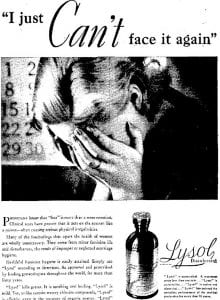
During the 1920’s to the 1960’s, before the legalization of abortion in 1973, women resorted to illegal abortions at the cost of their lives or reproductive health. Women in parts of the United States would seek underground abortions by doctors who used Lysol to perform them. “Lysol advertised their product as an effective form of birth control, advising women to douche with it in diluted form after sex, thus powerfully linking the product to the notion of family planning” (Flanagan). Women would seek out these abortion doctors where they would receive an injection into their uterus of Lysol to remove the pregnancy. Women would end up in the emergency room on the brink of death with organ failure caused by Lysol. These stories are why Planned Parenthood and other organizations geared toward helping women are crucial. “It was illegal to advertise contraception nationally before 1977, so the Lysol ads performed a coy bit of misdirection—they said that if women didn’t douche after sex, they would lose their “dainty,” or “feminine,” or “youthful” appeal” (Flanagan).
 What About The Children?
What About The Children?
2.9 million cases of child abuse are reported in the United States. Five children suffer abuse related deaths everyday (dosomething.org). I can’t help but wonder what that number would look like if more women had access to affordable, legal abortions. For too long women have not been equal and this is one more example of patriarchal control. The right to abortion simply means that women have rights over their own body. While I am no proponent of using abortion as birth control, I do support a woman’s right to make decisions that are in her and her body’s best interest. The opposers are not going to raise these children or financially provide for them, to me the more responsible choice for some women is abortion.
annotated bibliography;
Caitlin Flanagan is an author who contributors to the Atlantic magazine an east coast magazine. She was born and raised in Berkeley, California and attended the University of Virginia. She authored To Hell with All That—an exploration, based on her Atlantic articles, of the lives of modern women. Some of her work includes; extended book reviews about conflicts of modern life—by professional women.
Works cited;
11 Facts About Child Abuse, https://www.dosomething.org/us/facts/11-facts-about-child-abuse
Flanagan, C., The Dishonesty of the Abortion Debate, The Atlantic Magazine, Dec. 2019 Issue
Gordon, j., The Internet Encyclopedia of Philosophy, https://www.iep.utm.edu/abortion/
Hawkins, Ronnie Zoe. “Reproductive Choices: The Ecological Dimension.” Contradictions: Controversies in Feminist Social Ethics. Boulder, CO: Westview Press, 1993. 690-693.
Valentin, J., Abortion isn’t about the right to privacy. It’s about women’s right to equality, Tue 14 Oct. 2014, TheGuardian.com
